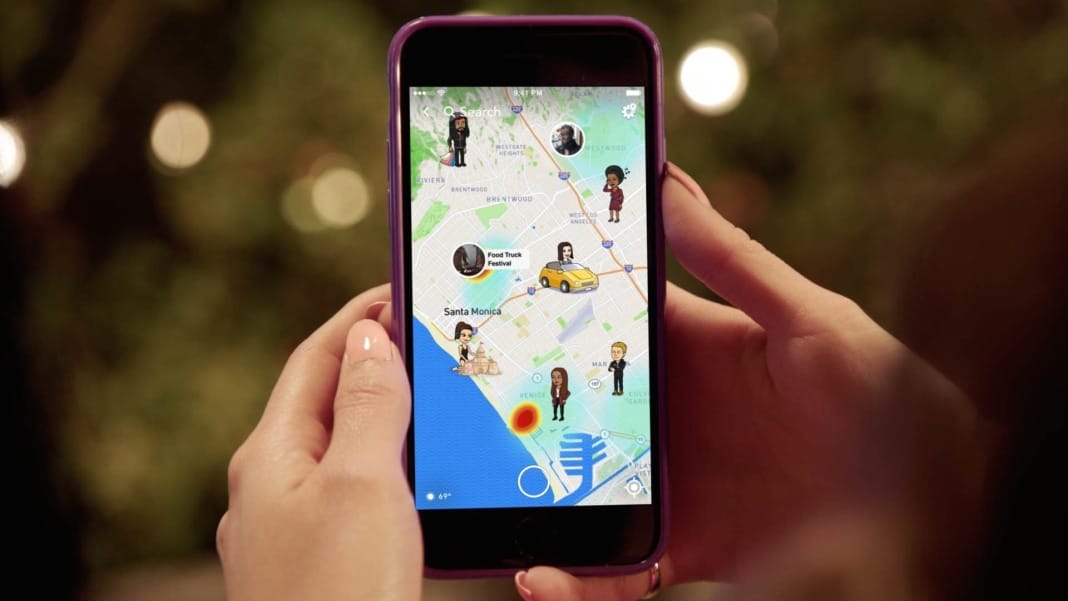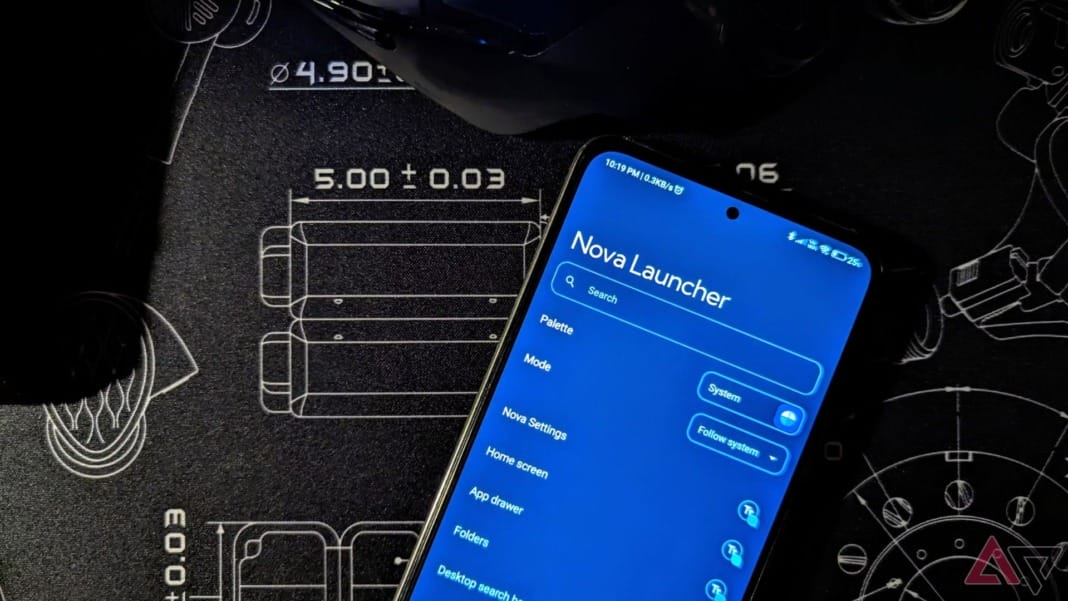Instagram is testing a new feature that resembles Snap Maps, offering users a fresh way to share their location with friends. This new tool allows you to post text and video updates directly to a map, showing exactly where the content was created. Your friends can also share their updates on the same map, making it easy to see where everyone is and what they’re up to. If this sounds familiar, it’s because Snap Maps, introduced by Snapchat in 2017, already does something similar.
How Instagram’s new feature works
Instagram’s version appears to differ in terms of privacy settings. You can only share your location with a specific group of people, such as “Close Friends” or followers you follow back. Christine Pai, a spokesperson for Meta, Instagram’s parent company, confirmed this. Unlike Snapchat, which allows public posts to appear on Snap Maps, Instagram seems to be more cautious by limiting who can see your location.
This new map feature is being tested on a small scale in a few select markets. According to Pai, the tool is opt-in, meaning you have control over whether or not you want to use it. The feature also includes options for managing your location sharing, so you can decide exactly who sees where you are. Pai emphasised that safety is a top priority when developing this feature. Still, she did not provide further details on whether the feature might eventually allow for public sharing or how long the posts would remain visible on the map.
Privacy controls and safety concerns
The maps feature first came to light in February, when it was seen in development under the name “Friend Map.” Recently, images of the feature in action have emerged, although Pai did not disclose the specific locations where the testing occurs.
This isn’t Instagram’s first attempt at integrating a mapping feature. Back in 2012, Instagram had a photo map feature that allowed you to see all your images on a map. However, this feature was private and couldn’t be shared with friends. It was a fun way to browse your photos geographically, but it didn’t gain much traction, leading to its removal four years later due to low usage.
If Instagram decides to roll out this new map feature on a wider scale, it would be another example of the platform taking inspiration from its competitors. Instagram has a history of adopting and adapting features that have proven successful on other platforms. Stories, for instance, were inspired by Snapchat, while Reels took a cue from TikTok. Threads, another Instagram feature, draws from Twitter. Now, it seems Instagram is circling back to Snapchat’s playbook with this new mapping tool.
As this feature is still in its testing phase, it’s unclear when or if it will become available to all users. However, given Instagram’s track record, it wouldn’t be surprising to see this feature roll out more broadly soon.





